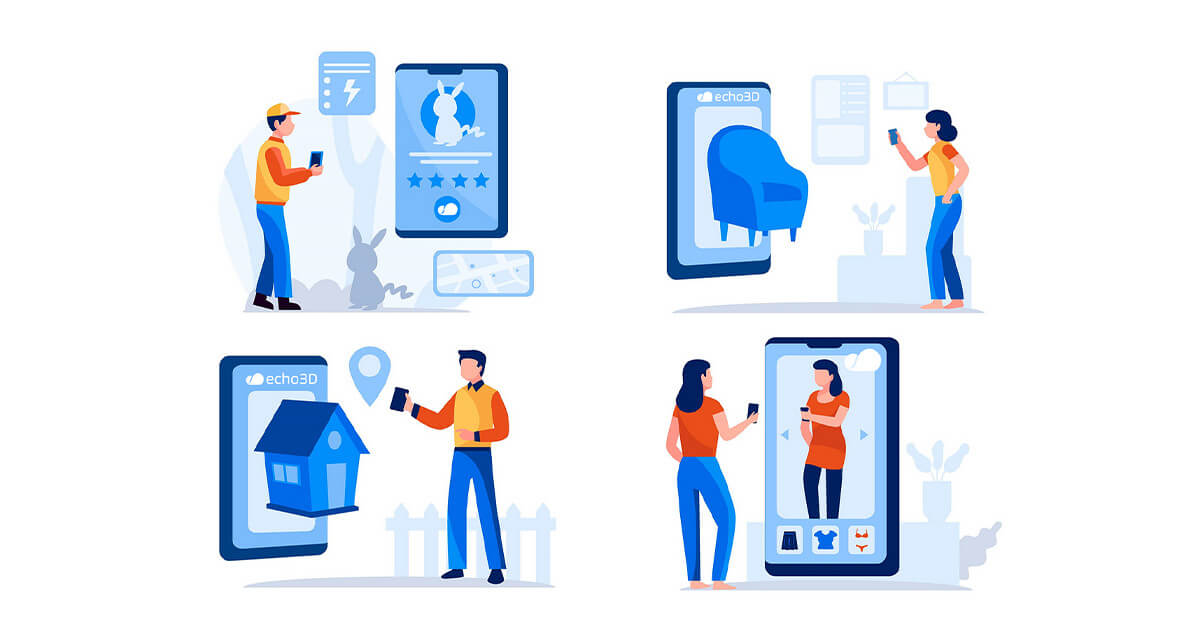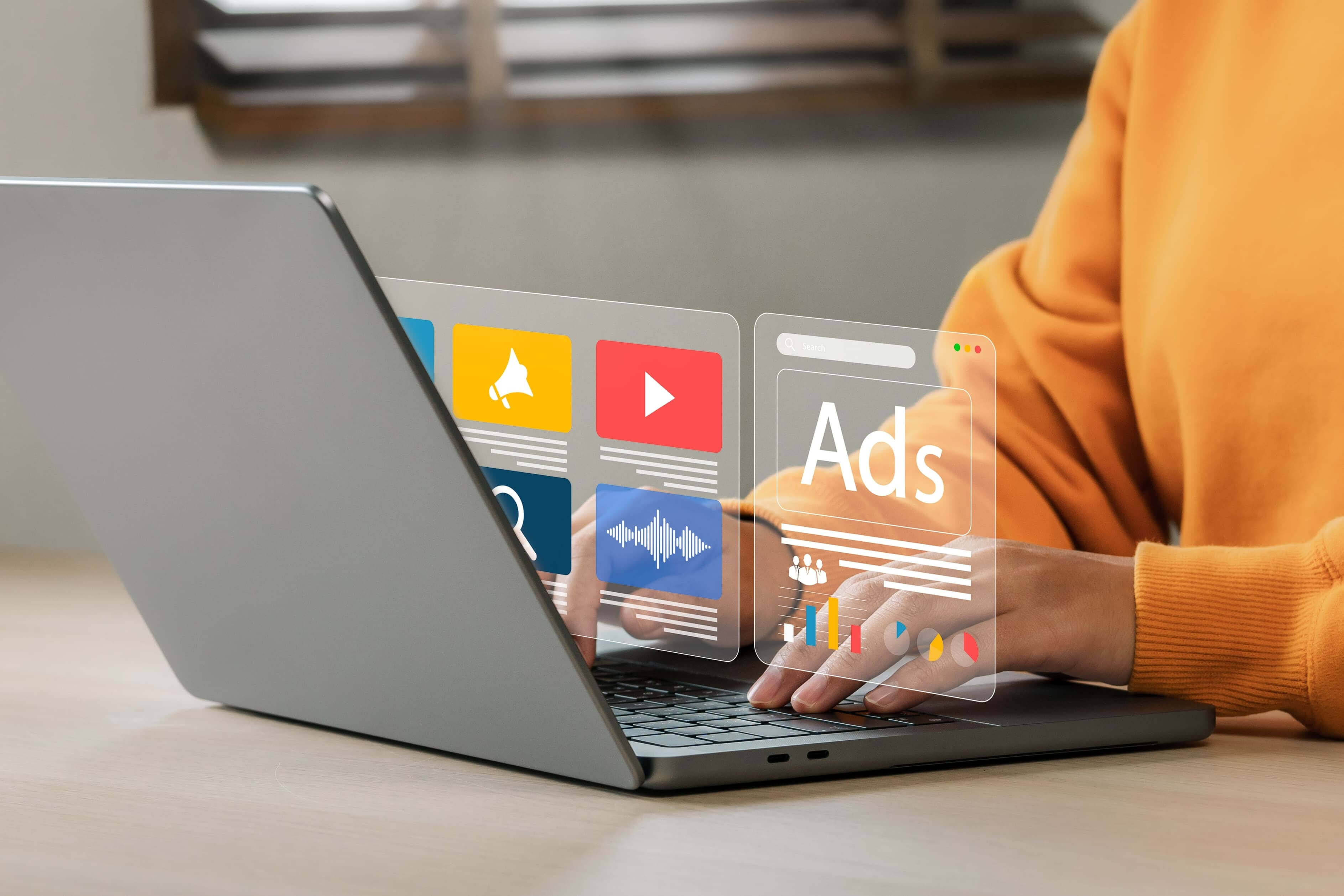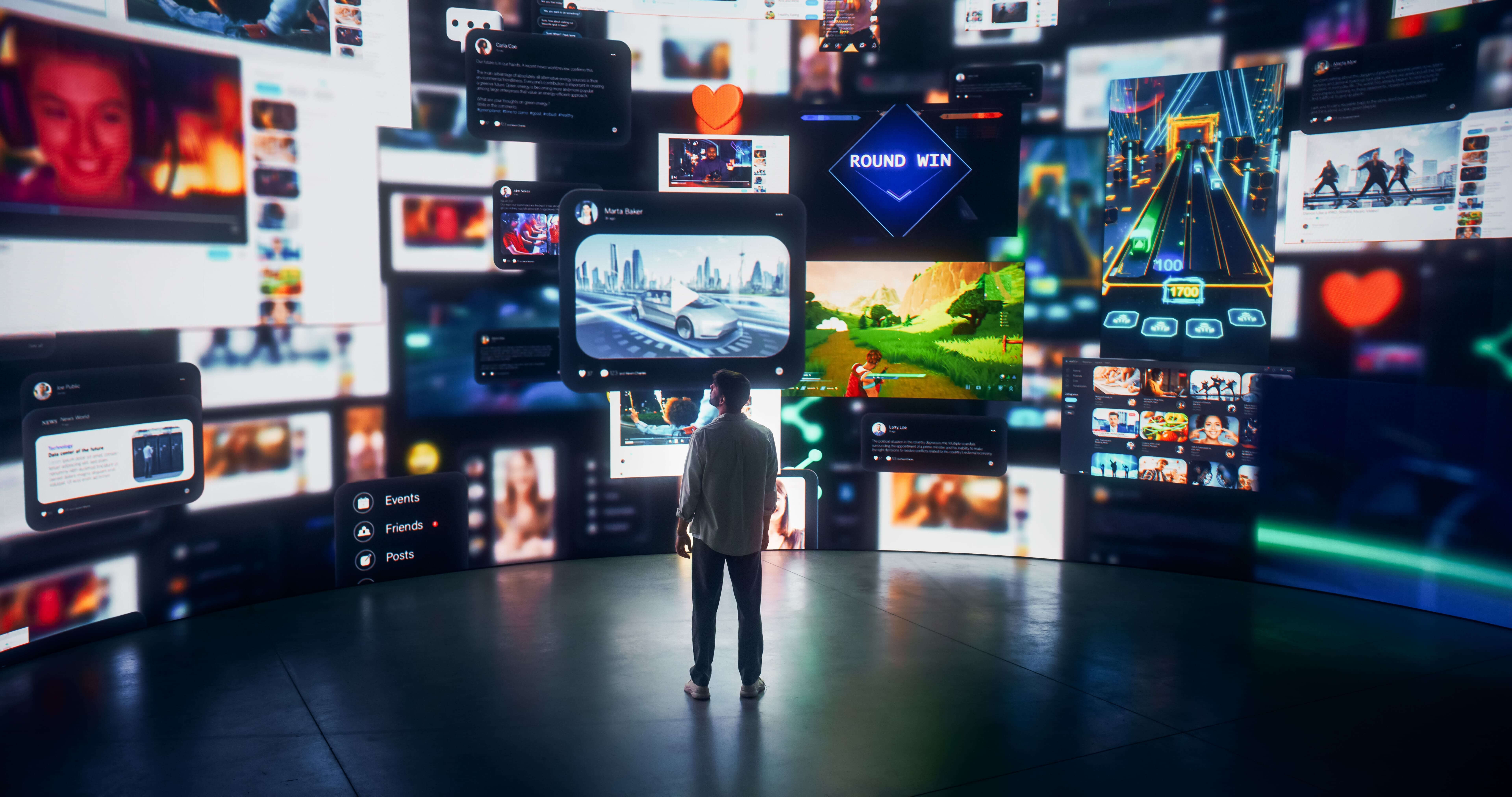Augmented Reality (AR) has emerged as a transformative technology that bridges the gap between the physical and digital worlds, offering immersive and interactive experiences across various domains.
From gaming and education to healthcare and retail, AR is enhancing user experiences in ways previously unimaginable. In this in-depth guide, we'll explore how AR is making a significant impact in different domains and revolutionizing user interactions.
1. Gaming
Gaming
Functionality: In the gaming world, AR has revolutionized user experiences by integrating digital content into the real environment.
Examples:
Pokemon GO: Players use their smartphones to hunt for virtual creatures in real-world locations.
Minecraft Earth: An AR version of the popular game allows players to build structures in the real world.
Impact: AR gaming encourages physical activity, exploration, and social interaction, taking gaming beyond the confines of a screen.
2. Education
Education
Functionality: AR is transforming education by providing interactive and immersive learning experiences.
Examples:
Google Expeditions: Students can take virtual field trips using AR to explore historical sites, ecosystems, and more.
ZooBurst: An AR storytelling platform that brings stories to life with 3D characters and animations.
Impact: AR enhances engagement, improves retention, and makes learning more accessible and enjoyable.
3. Healthcare
Healthcare
Functionality: In healthcare, AR is used for medical training, patient education, and surgery planning.
Examples:
AccuVein: An AR device helps medical professionals locate veins for blood draws and IV insertions.
Proximie: Enables remote surgical collaborations where experts can guide surgeons in real-time through AR.
Impact: AR in healthcare improves accuracy, reduces risks, and enhances the quality of patient care.
4. Retail
Retail
Functionality: AR is revolutionizing the retail industry by enabling virtual try-ons and enhancing in-store experiences.
Examples:
IKEA Place: Allows users to visualize furniture in their homes before making a purchase.
Sephora Virtual Artist: Offers virtual makeup try-ons to help customers choose products.
Impact: AR boosts customer engagement, reduces return rates, and provides a personalized shopping experience.
5. Real Estate
Real Estate
Functionality: In the real estate sector, AR is used for property viewing and visualization.
Examples:
Zillow 3D Home: Enables users to explore properties in 3D using AR.
Magicplan: Helps users create floor plans by scanning rooms with their smartphones.
Impact: AR simplifies property exploration, aids in decision-making, and streamlines property management.
6. Tourism and Travel
Tourism and Travel
Functionality: AR enhances travel experiences by providing information and navigation assistance.
Examples:
AR Travel Guides: Apps like AR City and Wikitude provide AR-enhanced travel guides with historical information and local insights.
Google Maps AR Navigation: Offers real-time navigation assistance using AR overlays.
Impact: AR makes travel more informative and enjoyable by providing context and navigation support.
7. Marketing and Advertising
Marketing and Advertising
Functionality: AR is transforming marketing and advertising by creating interactive and engaging campaigns.
Examples:
Snapchat Filters: Brands use AR filters to promote products and engage with users.
AR Product Try-Ons: Companies like Warby Parker and L'Oreal offer virtual try-ons through AR.
Impact: AR marketing campaigns increase user engagement, brand loyalty, and conversion rates.
8. Entertainment
Entertainment
Functionality: In the entertainment industry, AR enhances live events and content consumption.
Examples:
Live AR Performances: Musicians like Lady Gaga and U2 have incorporated AR elements into their live concerts.
AR Storytelling: Apps like Holo and ARKit enable users to create and share AR stories.
Impact: AR adds an extra layer of excitement and interactivity to entertainment experiences.
9. Manufacturing and Design
Manufacturing and Design
Functionality: AR is used for product design, prototyping, and maintenance in manufacturing.
Examples:
PTC's Vuforia: Provides AR solutions for product design, assembly, and training.
Daqri Smart Helmet: An AR helmet used in manufacturing for real-time data visualization.
Impact: AR improves efficiency, reduces errors, and enhances worker safety in manufacturing.
10. Social Media
Social Media
Functionality: AR has become a staple in social media platforms, offering filters, stickers, and effects.
Examples:
Facebook AR Studio: Allows developers to create AR effects for Facebook and Instagram.
TikTok AR Filters: Users can apply AR filters and effects to their videos.
Impact: AR enhances user-generated content and encourages user engagement on social media platforms.
Conclusion
Augmented Reality is reshaping user experiences across various domains, offering interactive, immersive, and informative interactions. Whether it's enhancing education, improving healthcare, simplifying retail, or transforming entertainment, AR is proving to be a versatile technology with vast potential. As AR continues to evolve and become more accessible, we can expect even more innovative applications and enhanced user experiences in the future. Embracing AR technology can provide a competitive edge and open up new opportunities for businesses and industries across the board.




